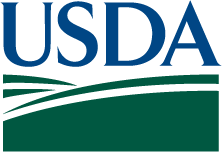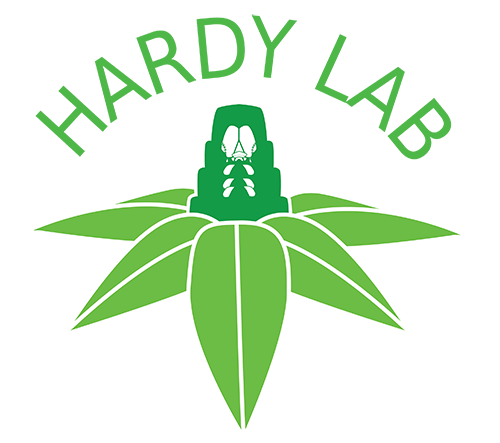ScaleNet is a tool for finding information about scale insects: their taxonomic diversity, nomenclatural history, biogeography, ecological associations, and economic importance. ScaleNet models the scale insect literature. Currently it contains data from 26251 references pertaining to 8599 valid species names.
Scale Insects
Scale insects are small, cryptic plant parasites. Most of them make a living by eating phloem sap. Scale insects are the most invasive group of insects, and many species are agricultural pests. In addition to damaging plants by eating sap, scale insects damage plants indirectly by secreting honeydew, which encourages the growth of sooty molds and interferes with photosynthesis. Scale insects also vector plant diseases.
Scale insects aren't all bad. Honeydew is an important food source for many birds and mammals and especially other insects. Scale insects are interesting to evolutionary biologists for a number of reasons: (1) they have intimate relationships with host plants, endosymbionts and social Hymenoptera; (2) they have diverse genetic systems including theylytoky (unfertilized eggs grow up female), ahhrenotoky (unfertilized eggs grow up male), paternal genome elimination (sons don't express their dad's genes), and hermaphroditism; (3) they have simple pathogen-like life cycles, in which dispersal is achieved by first instar nymphs blowing in the wind; and (4) they have variable host specificities; most species are thought to be host specialists -- as is the case for plant-feeding insects in general -- but there are an exceptional number of host generalists, including some of the most polyphagous species known.
Open Source Tools and Management
This is a re-implementation of the original version of ScaleNet, a FoxPro application developed by Yair Ben-Dov, Douglass R Miller and Gary A P Gibson with major support from the United States-Isreal Binational Agricultural Research and Development Fund. The original application was heavily used by insect scientists and insect identifiers for close to two decades. This version was built by Mayrolin García and Nate Hardy using open source software (Linux, SQLite, Django (a Python web framework), and Apache2). Its development is supported by a Specific Cooperative Research agreement between Gary Miller at the USDA Systematic Entomology Lab and Nate Hardy at Auburn University. As part of the re-implementation, the data model was normalized, and the scientific names and classifications of ecological associates were updated and standardized.
The ScaleNet data is managed primarily by Barb Denno. If you encounter errors or know of data that should be added to ScaleNet, please contact Barb (bdenno12 (at) gmail (dot) com). If you run in to software errors, contact Mayrolin (scalenetdb (at) gmail (dot) com).
NOTE: The end-of-life of the original ScaleNet was 8 July 2015. We ran into a few problems during the data migration that we were unable to resolve before that time with our migration scripts -- mainly problems with linking available scale insect names to validation sources in the primary literature. This affected about 1,000 names. ScaleNet editors are working to correct these problems. In the meantime, those catologue entries can be accessed in flat files here.
Citing ScaleNet
Mayrolin García redeveloped ScaleNet as part of her MS research. Please use this citation:
García Morales M, Denno BD, Miller DR, Miller GL, Ben-Dov Y, Hardy NB. 2016. ScaleNet: A literature-based model of scale insect biology and systematics. Database. doi: 10.1093/database/bav118. http://scalenet.info [Date accessed].


